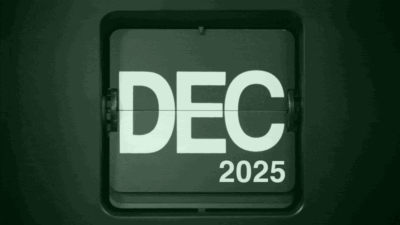Inside the Interval Fund from Vanguard, Blackstone, Wellington
The announcement follows similar plans by prominent asset managers like State Street, Apollo, KKR and Capital Group.

Sign up for market insights, wealth management practice essentials and industry updates.
Didn’t have time to pore over the 100-plus-page prospectus for a new interval fund from Vanguard, Blackstone and Wellington over the weekend? Well, we did (we don’t get out much).
The much–anticipated fund from three of the best-known names in the asset management industry will wrap up public and private investments into a single product. The filing didn’t disclose fees, but the investment management will be headed up by Wellington, and follows similar announcements from other prominent players, like State Street, Apollo, KKR and Capital Group. It’s a way for retail investors to get their hands on private placements that were previously only available to institutional-grade investors.
“Managers are looking for new areas to grow,” said Jeff DeMaso, editor of the newsletter the Independent Vanguard Advisor. “They’re looking around and asking: Where else can we go?”
The Intervals Are Aligning
The WVB All Markets Fund is an interval fund, which is a closed-end fund that offers limited liquidity and allows investors to redeem shares during specified time frames. In this case, investors will be able to make withdrawals on a quarterly basis, which better aligns with traditional private investment timelines than other indexed products. A mutual fund would raise “red flags all over the place,” DeMaso said, adding that mutual funds can be bought and sold almost at will. “That’s a recipe for disaster.” The interval funds also act like a mutual fund or an ETF by sitting right inside clients’ brokerage accounts and the redemption windows are very simple to navigate, he added.
“Exposure to private assets can broaden diversification and has the potential to offer superior risk-adjusted return over the long term,” said a Vanguard spokesperson. According to the filing:
- The fund will allocate as much as 60% into public equities, up to 30% in fixed income, and a limit of 40% in private markets.
- Investors can redeem anywhere from 5% to 25% of their funds in any given quarter.
During normal circumstances, investors wouldn’t have a problem cashing out their investments, but under stressful market conditions, investors may want to pull out of the funds at the same time.“There’s a world where it takes you several quarters, and in the worst-case scenario, several years, to get your money back,” DeMaso said.
Back in Black. The new fund may not be for everyone. Financial advisors have voiced concern that managers’ interests might not be aligned with their own and that private investments generally chase bigger returns by taking on additional risk and charging higher fees. “Does the average saver or investor need private assets? I would argue no,” DeMaso said, adding he’s still waiting to see the final fees of the product. However, it is a “measured way” for the partnership to take its first step. “It makes me believe there’s probably more to come,” he said.











